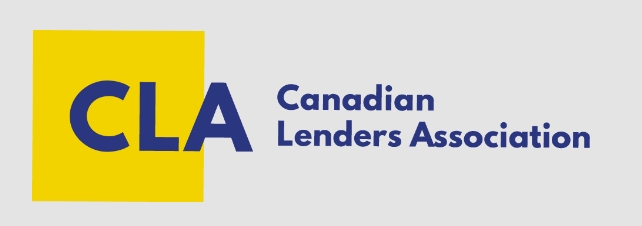Americans: What You Need To Know About Credit If You Want To Move To Canada

With the latest election result in the USA, there has been plenty of talk of people joining us up here in the Great White North for a little poutine instead of staying in the US of A. Canada’s immigration website even crashed due to a surge in traffic on election night!
If you’ve got Canada in your sights and you’re ready to make that move, we welcome you. We welcome you with open arms. There are just a few things you might want to know about your credit history first, eh.
In Canada, we treat credit just a smidge differently than the USA does. For the most part, it’s the same, but the differences are things you will definitely want to know about if you want to start your new life up here with good credit.
Perhaps the most important item to note, is that your credit score cannot come with you. That’s right, you’ve got to leave it at home. If you’ve spent years working towards a near-perfect credit score, it doesn’t matter, you’ll have to start from scratch up here. If you have awful credit, the good news is that successfully immigrating to Canada will mean you leave it behind, but it doesn’t absolve you of your debts. Further, if you have too much debt, you may not be permitted to live in Canada - Canadian immigration officials know how to pick out those running from debt and you can be sure you’ll get denied entry. When and if you ever head back to the U.S., you will be going back to your old credit score, which will have gotten worse if you were avoiding paying back your debts while living up here in the cold.
Now that's out of the way, let's go through how the Canadian credit system works.
1. The Rating System
For credit in Canada, we use a rating system. These ratings are applied to each of your credit products. The lenders who have given you these credit products are the ones who give you your rating, which consists of a letter and a number. The letters you can get are:
I - I means the credit product in question is an installment type of credit, where you pay an agreed upon monthly amount to bring the balance down, with the ultimate goal of paying the entire amount back.
O - This is an open credit account, which you must pay back in full each month.
R - R is for revolving credit, like a credit card, where you have to pay a minimum payment every month and you can keep the credit indefinitely as long as your account is in good standing.
The numbers in your rating can range from 0-9, with 9 meaning you never pay what you owe, 1 meaning you pay on time, all the time, and 0 meaning there is not enough history yet to determine.
On your credit report, you might see R1 next to your credit card. That tells potential lenders that this account is revolving credit and you always pay on time.
2. The Credit Bureaus
Another difference you’ll notice up here in Canada is that we have two major credit bureaus that keep track of your credit score. In the U.S., you’re used to having three.
In Canada, your credit score will range from 300-900, while in America, scores usually range from 300-850. Although they function in very much the same way, in that you’re looking for a high score.
3. Transferring Credit Cards
Some people get confused when it comes to credit cards, though, as many American credit card companies offer credit products in Canada as well. These companies say they offer the ability to “transfer” your credit over to a Canadian account, and though this sounds like it means your credit history will be transferred, it does not mean that. Instead, what your credit card company is offering, is the chance to transfer your credit card to a Canadian version of the same card. You will start from scratch, even if you do this.
There is no way for Canadian and American credit bureaus to share their information about you. You will have one credit history in Canada and one credit history in the U.S.A.
If that’s something you can deal with, then come on up, neighbour! We’ll warm up an igloo for ya!





Leave a Reply